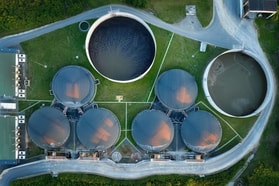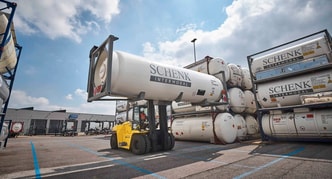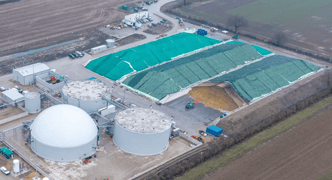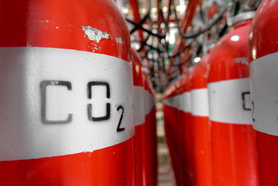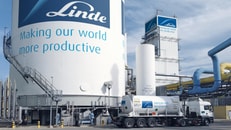Linde secures long-term deal to double gas supply for Tata Steel’s expansion
Linde has announced new agreements to acquire two air separation units (ASUs) and expand its industrial gas supply to Tata Steel Limited at its Kalinganagar facility in Odisha, India.
The deal will see Linde taking ownership of the two ASUs currently under construction and more than doubling its on-site capacity at the steel production site. The transfer of the plants is expected to be completed by 2025.
This development marks an extension of Linde’s existing partnership with Tata Steel, where it already operates two ASUs supplying oxygen, nitrogen and argon to the iron and steel manufacturing complex.
Linde has now secured a long-term agreement with Tata Steel to supply these critical gases as the company embarks on a major capacity expansion project.
... to continue reading you must be subscribed





